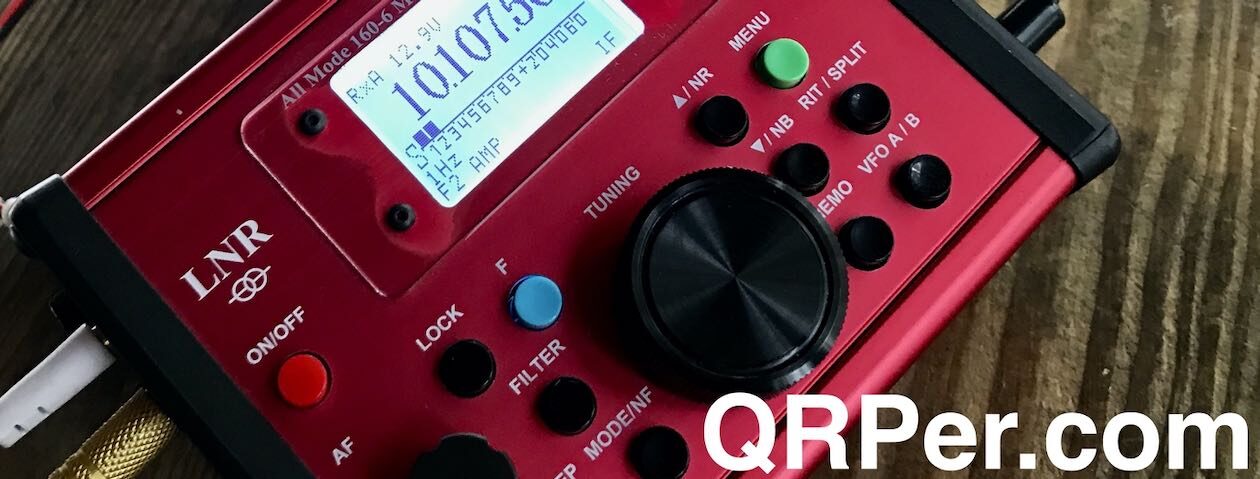 Many thanks to Mark (K8LSB) who shares the following announcement:
Many thanks to Mark (K8LSB) who shares the following announcement:
Sharing POTA/SOTA with the Public
Greetings POTA/SOTA activators,
This year the Big E (exposition)—a “combined” state fair for the six New England states (CT MA, ME, NH, RI, VT)—will run for 17 days: from September 16 to October 2. In the past, 1.5 million people have attended the Big E, the fifth largest fair in the nation.
Hampden County Radio Association (HCRA) will be running a special events station (N1E) and have a booth at the event where we hope to acquaint the general public with the many facets of amateur radio. For example, we have made arrangements to have a live ARISS space station contact, emergency communications display, POTA/SOTA contacts (hopefully), etc. One of our key goals is to identify those who might be interested in getting their ham license and connecting them with license training classes held by radio clubs across New England.
I am seeking your help in two ways. First, I would like to schedule some contacts with people activating POTA/SOTA sites during the Big E period. To make this interesting for visitors, I’d like to limit this primarily to phone operation, and would love it the activators could talk for a minute or two about where they are and what they enjoy about POTA/SOTA operation; not just the typical “you’re 58 in Massachusetts.” Many of the folks who attend the Big E are people who enjoy outdoor activities like RVing, hiking, camping, biking, etc. and may be attracted to adding the adventure of portable ham radio operation to their recreational routine.
The second way you can help is, for those of you who live in New England, to consider helping staff our booth at the Modern Living building. We hope to have at least four active hams at the booth from 10 am through 10 pm. Our operating shifts are from 9:30 am to 3:30 pm and 3:30 to 10 pm. As you can imagine, we need a lot of hams to help out! We have contacted all the radio clubs in New England to solicit volunteers, but we could still use some more hams on specific days. This is a volunteer activity, but we have funds to offset the price of admission ($15) and parking ($10), and can provide free overnight accommodations with local ham families if this makes the logistics easier.
If you’d like to volunteer to be one of our “activator” contacts, please contact me via k8lsb@arrl.net
If you’re interested in learning more about our Big E plans or would like to volunteer, go to: https://nediv.arrl.org/project-big-e/ and scroll down to the “How Can I Help” and click the link for volunteering. It will show the specific dates and times that are open.
73, Marc K8LSB
















